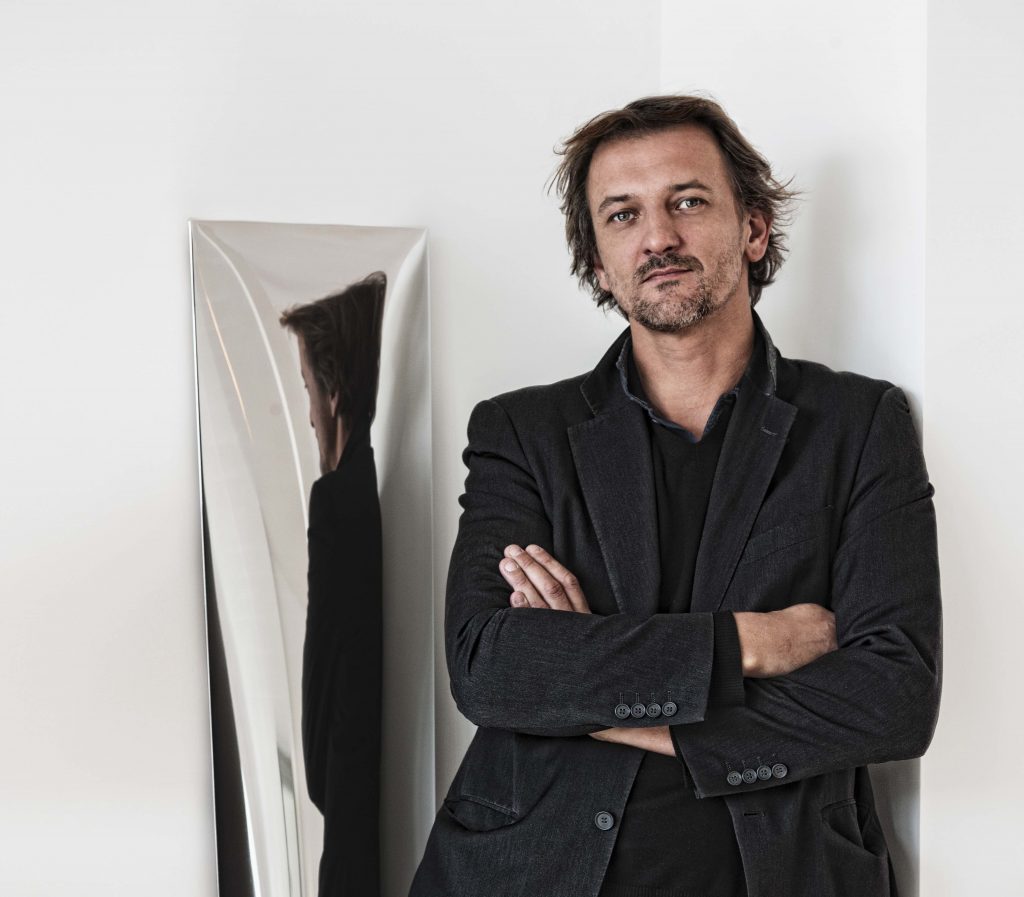
Born in 1969, he studies interior design at Institut Saint Luc before opening his own Studio in Brussels. In 2000 Xavier Lust start to design for MDF Italia, an ongoing relationship which was the start of his collaboration with leading international producers such as Driade, De Padova, Cerruti Baleri, Fiam, Extremis…
At the same time he continues to create pieces of Art-design, pièce unique or limited editions represented by the best galleries in the sector: Galerie du Passage (Paris), Nilufar (Milan), Ralph Pucci (USA).
His work is clearly identifiable through the visible tension he gives to his objects, and the curves inspired by his innovative (de)formation process of metallic surfaces. He has received of dozens of awards including Compasso d’Oro ‘s special mention. His work has appeared in over 50 exhibitions and is a regular feature in international design publications. He is a regularly invited guest lecturer at leading art and design institutions around the world. ” A wonderful aspect of Xavier’s work is the illusion of lightness and motion,” writes the Russian critic Olga Bozhko. “In his designs he manages to express what seems impossible. It’s seems as though his works are not created; they are born.”
When did you know you wanted to be a designer?
I have the feeling that I was born for this mission. As a child I was looking curiously at the world.
My father’s office was consulting for advertising firms devising ‘original communication supports such as smart pop-ups, origami for wide campains, etc. These were the 1980s, the golden years for advertising. One day, my father explained to me how by having a good understanding of the printing technical process one could make the kind of decision that had an easy application and yet a high positive economical impact. Perhaps such realization was for me a starting point. The perspective of becoming a ‘designer’ only appeared later when I had to choose for university.
How would you describe your design approach?
I believe the equation for a good design is functionality, beauty, technology and culture.
My aim is to create pieces that are essential, timeless but also innovative and relevant to our contemporary way of living. I like to think at this balance as a harmonious wedding between technology and pure beauty. This union is one of the red threads that lead my work.
I like to work with a single material, letting it keep the strength and the dynamism of its organic qualities. This is a concern that one might call ‘sustainability’ today but in vision it is simply how I see natural beauty. To go even further, should someone want to recycle one of my piece there would go back to mother nature.
How does art influence your work?
Of course, art is an important part of my life and it is very naturally that it insufflates new ideas in my creative process. I would say that I am mostly drawn to shapes, their beauty and harmony. In addition of my design pieces my corpus of work also comprises large scale sculptures project for which I work more on the sculptural aspect.
How can art and design coexist in a product?
I find that there is a distinction between Art-design and industrially produced designs.
Both are the result of thorough research and always start with a sketch to translate an idea. However, historically design, also called ‘industrial’, is conceived to be produced for a large-scale distribution and accessible economically to a wider number. Art-design is of a different breed that does not follow the same economical and philosophical approach. When such a piece is created it is an adventure in itself. For example, the ‘Oudjat’ console which is an Art-Design piece the process involves countless weeks spent between the in house team for the conception of 3D models and highly skilled craftsmen for the materialization.
Technology and design: what innovation are ready to emerge?
The innovations that are economically relevant for the industrial production are limited and their elaboration is very slow. In my opinion, it would be an error to understand innovation solely through new technologies.
My experience has taught me that existing techniques can still be exploited but from a different light. In fact when I devise new ways of working with metal I have always used techniques that were already available but simply looked at them from a different angle.
For example when I imagined ‘Le banc’ (the bench) distributed by Mdf Italia since 2001.
What do you feel are the biggest challenges for designers working today?
Collaborate to create a new, more harmonious way to live with our mother earth.
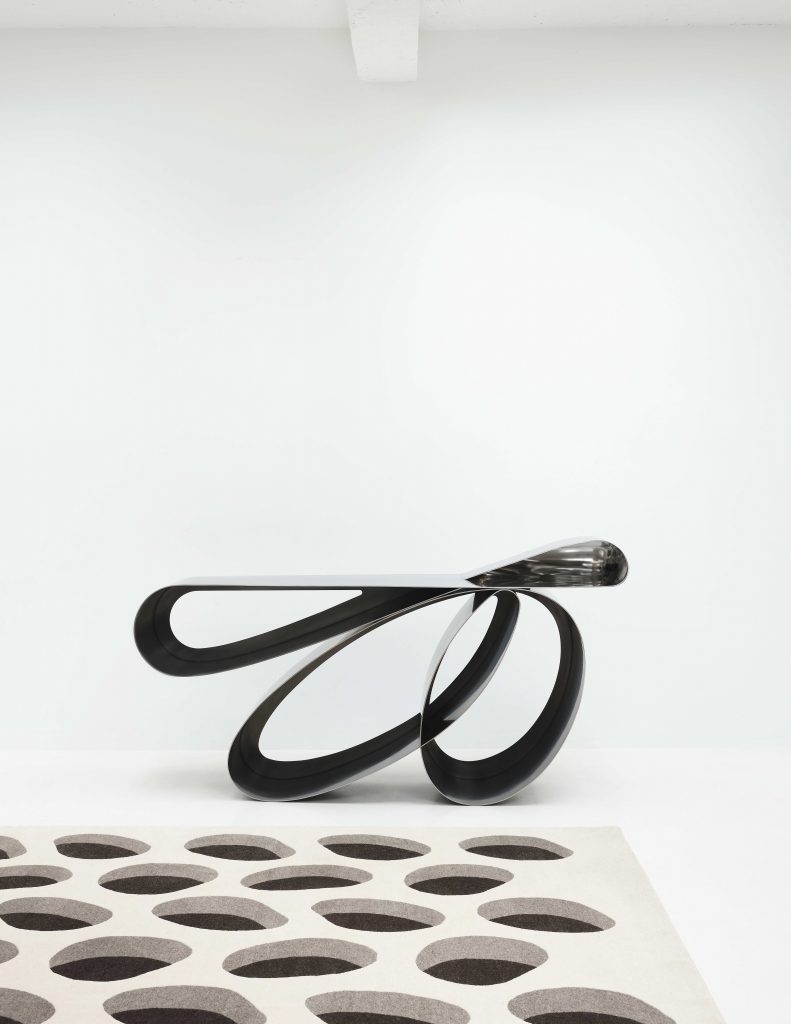
Xavier Lust – Eagle Console – ph Frederik Vercruysse
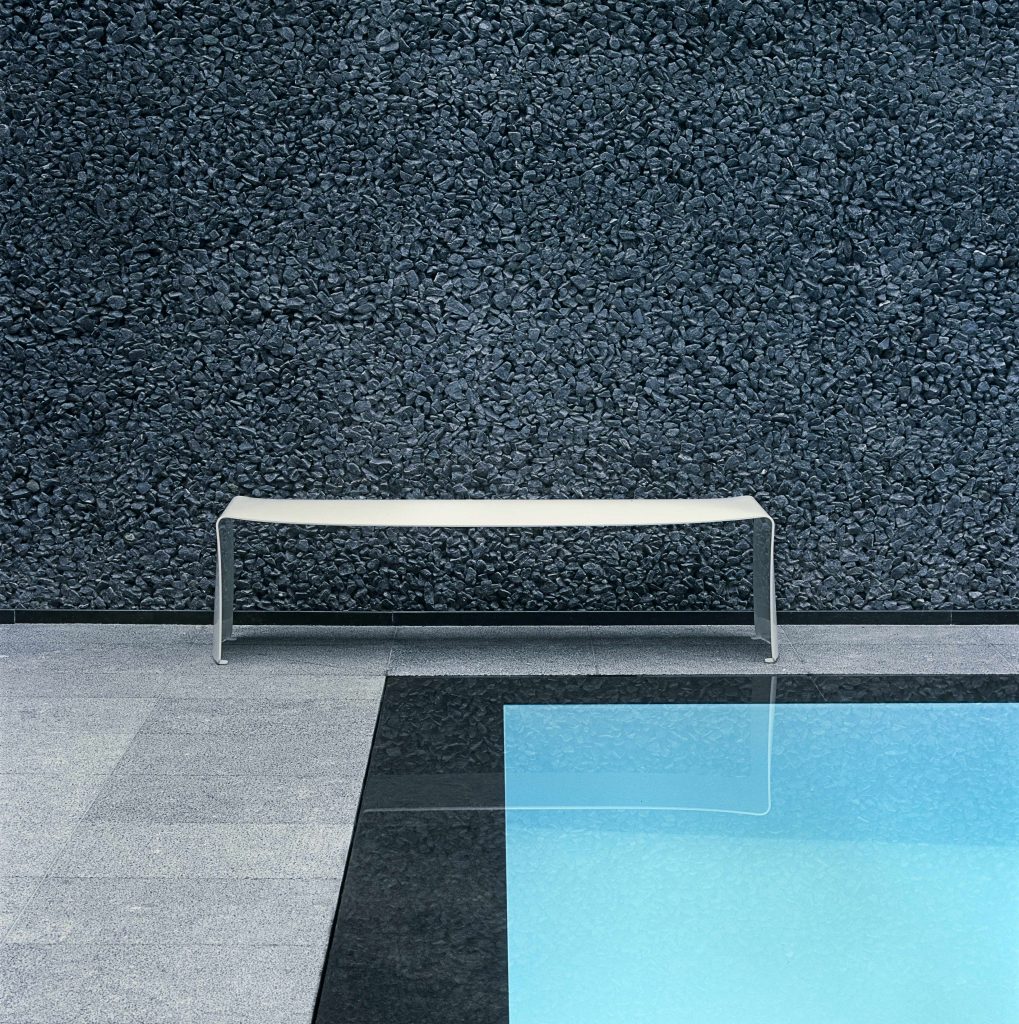
Xavier Lust – Le Banc – MDF Italia @ Serge Anton
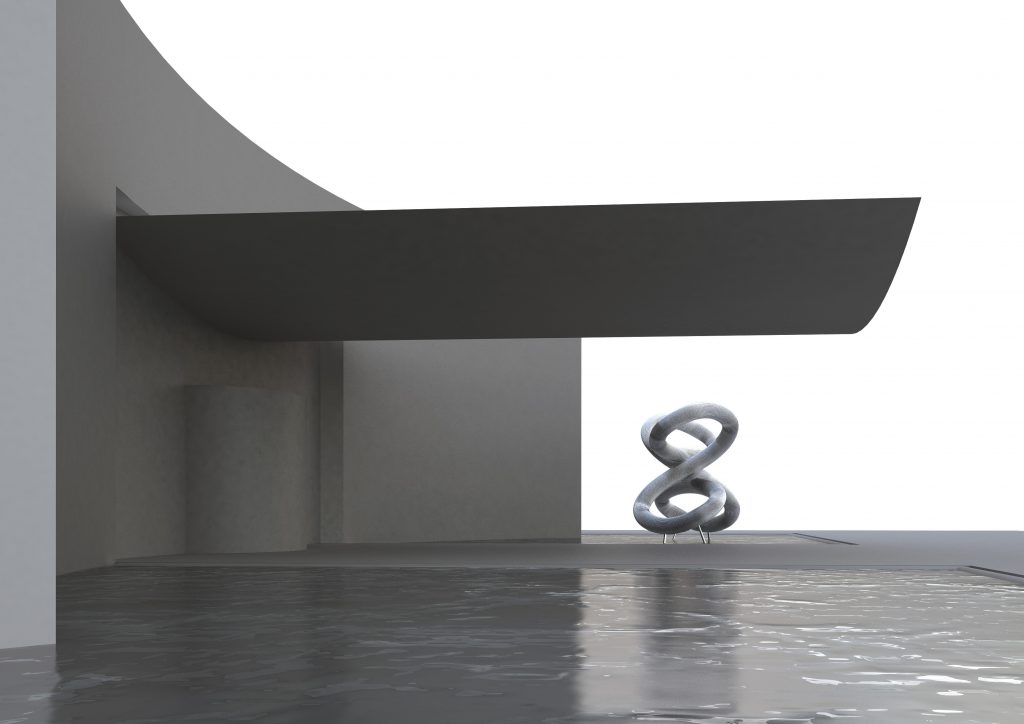
Xavier Lust – Sculpture Proximus
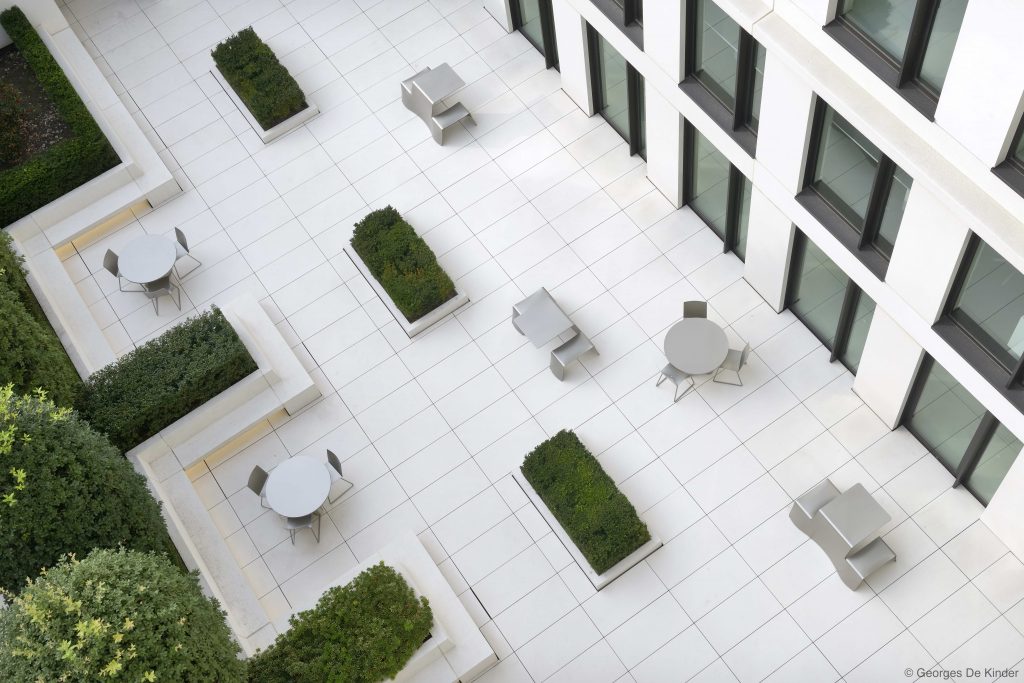
Xavier Lust – Regent Park – ph Georges de Kinder
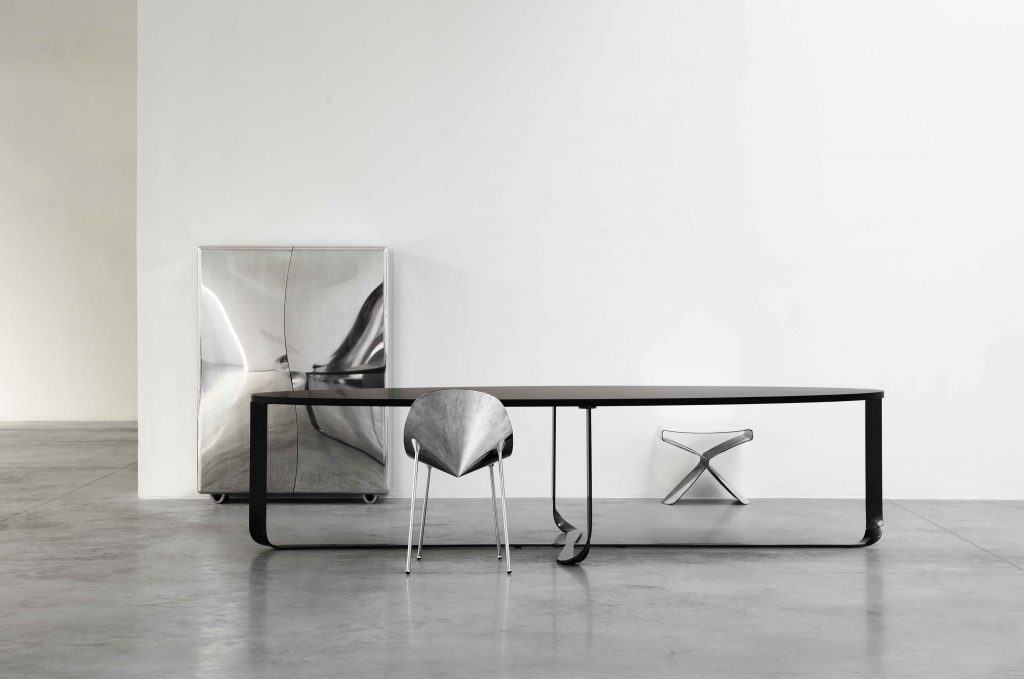
Xavier Lust – Confluence © Serge Anton
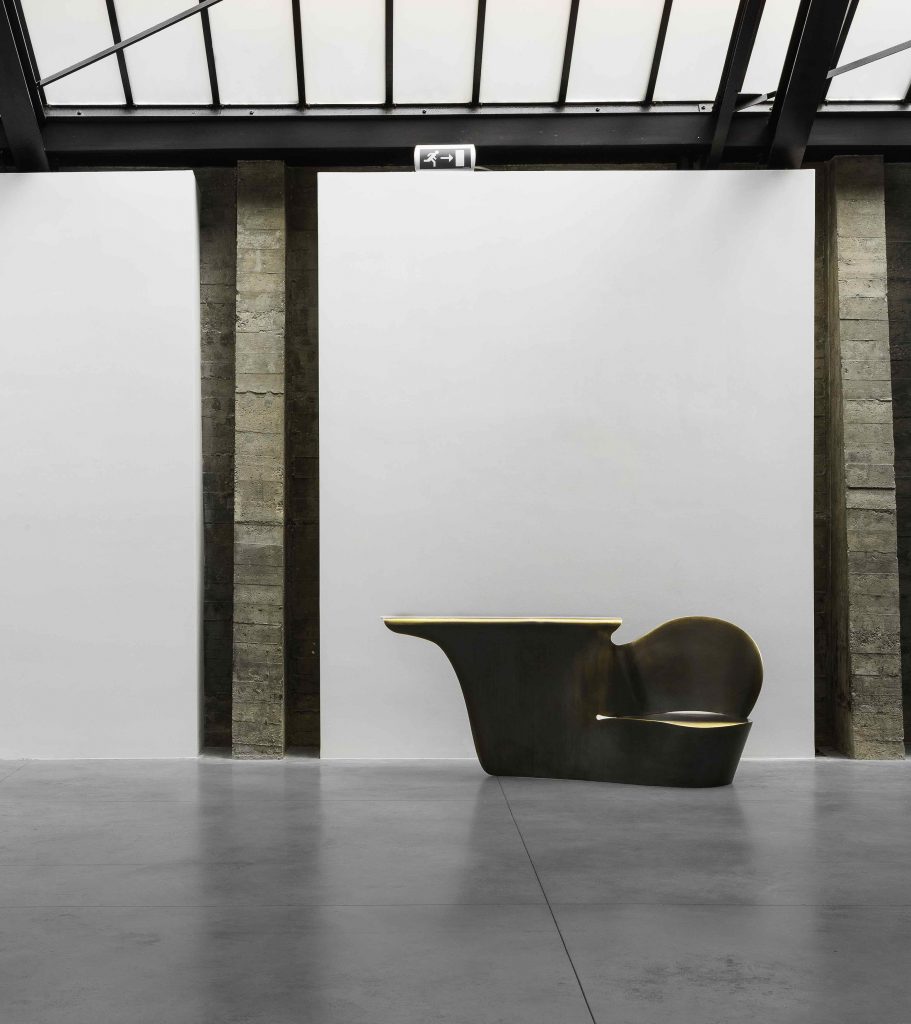
Xavier Lust – Oudjat Burnished Brass – ph Alexandre Van Battel
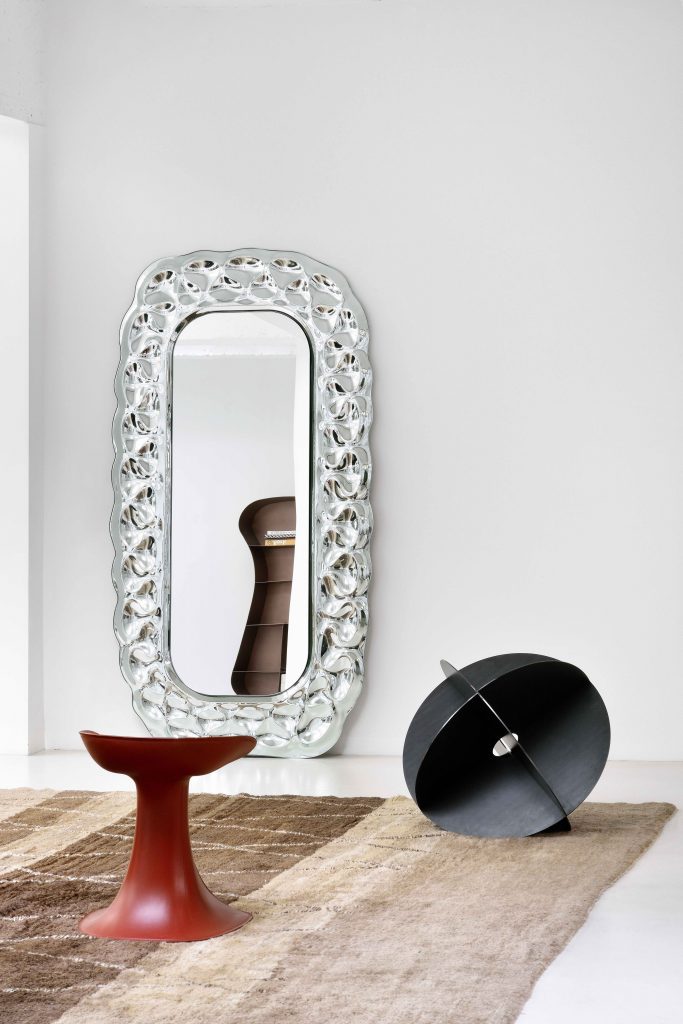
Xavier Lust – Caldeira – ph Nicolas Schimp
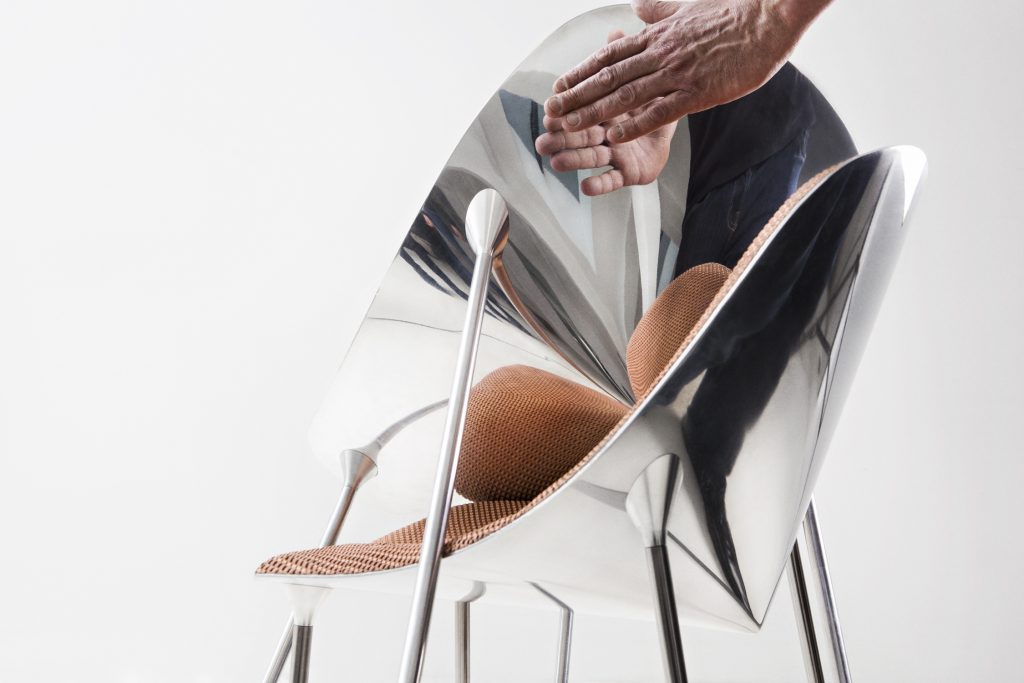
Xavier Lust-Bee Chair – ph Laetitia Bica
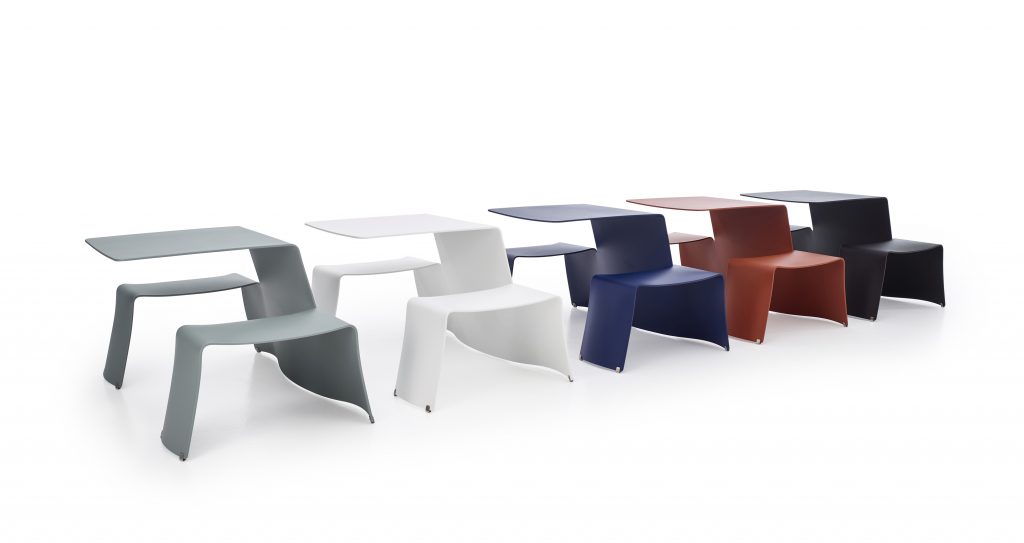
Xavier Lust – Dirk Wynants Extremis Picnik-16
